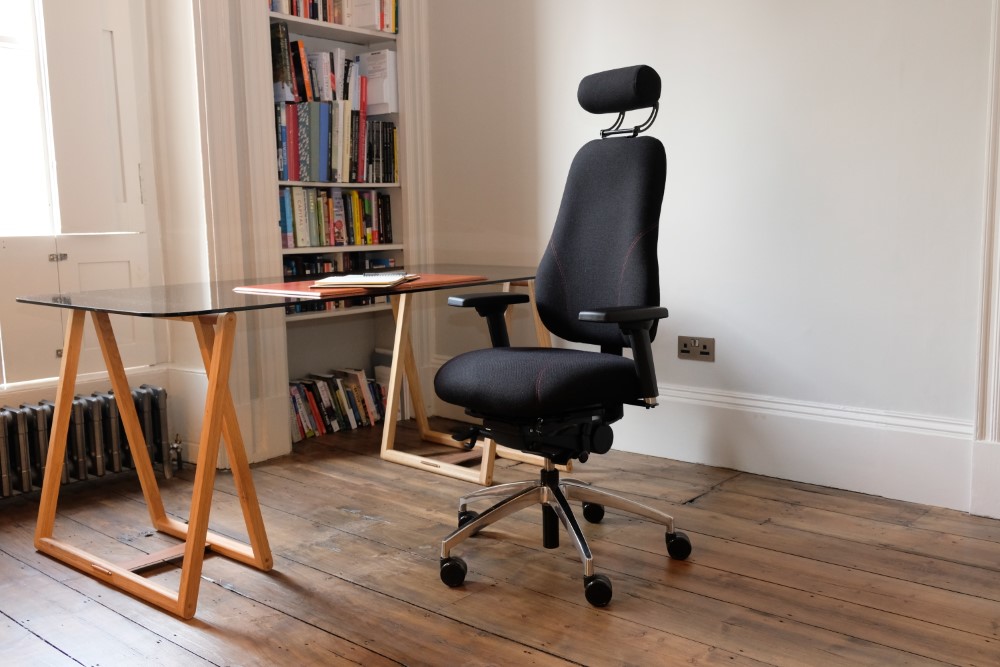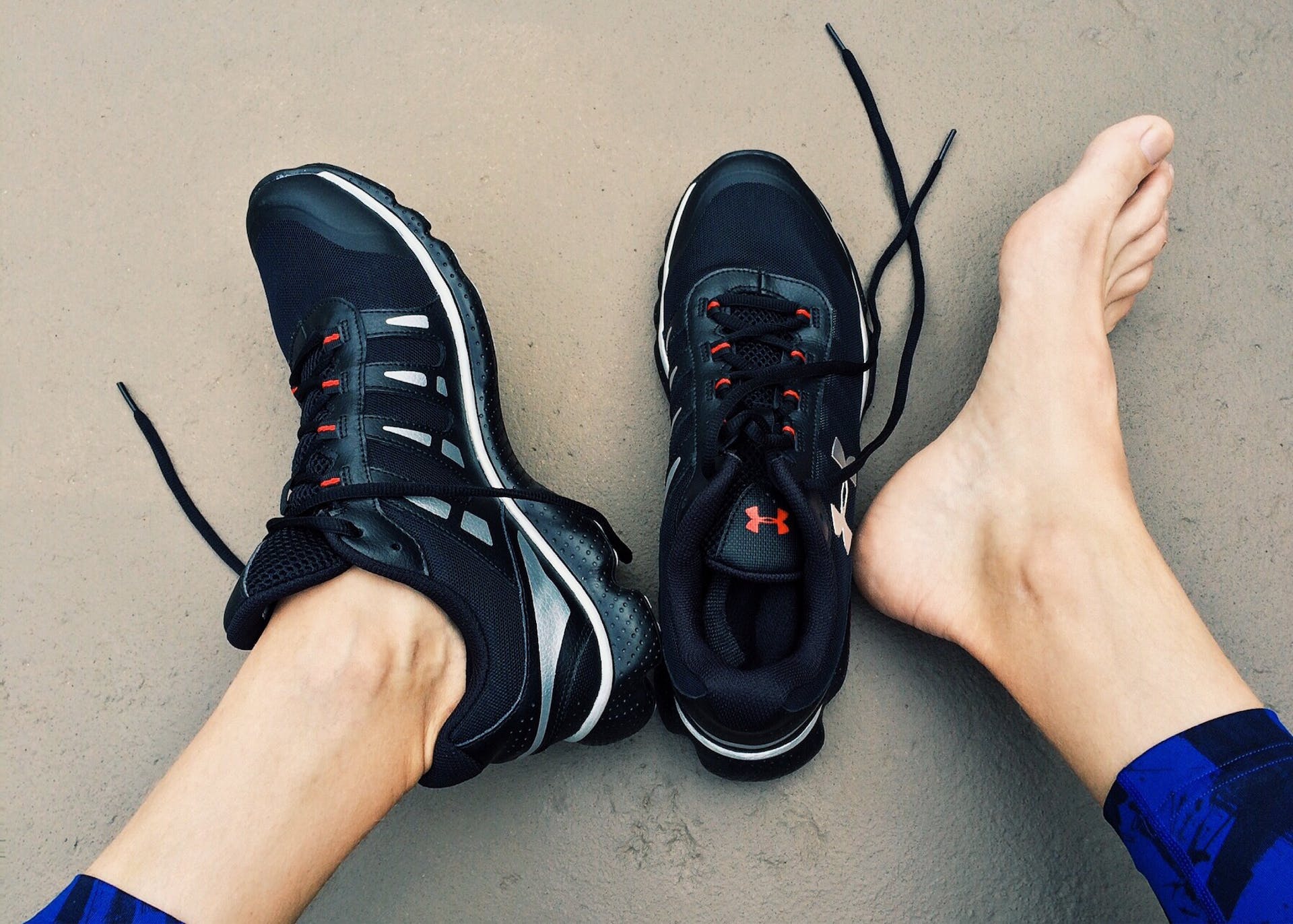Welcoming a new life into the world is a joyous and transformative experience. As a new mother, your body has undergone incredible changes, and now you’re ready to embark on a new journey: getting back to exercise postpartum. While it’s important to be patient with your body’s recovery, engaging in regular physical activity can have numerous benefits for your overall well-being. This article serves as a guide to help you safely and effectively reintroduce exercise into your postpartum routine.
- Listen to Your Body: After giving birth, it’s crucial to listen to your body and respect its needs. Every woman’s recovery timeline is different, as is their birth experience, so it’s important not to compare yourself to others. Consult with your healthcare provider before starting any exercise regimen to ensure that you have received the medical clearance to begin.
- Start Slowly: Ease back into exercise gradually, starting with low-impact activities such as walking, gentle mobility exercises and/ or pelvic floor exercises. These exercises will help you regain strength, improve circulation, and aid in healing. As you start feeling more comfortable, gradually increase the intensity and duration of your workouts.
- Strengthen Your Core: Pregnancy can weaken the core muscles, including the abdominal and pelvic floor muscles. Rebuilding core strength is crucial for postpartum recovery. Begin with exercises that focus on deep abdominal engagement, such as gentle Pilates or yoga. Gradually progress to more challenging core workouts under the guidance of a qualified instructor.
- Pelvic Floor Exercises: The pelvic floor muscles undergo significant strain during pregnancy and childbirth. Strengthening these muscles is essential for bladder control, pelvic stability, and preventing complications such as pelvic organ prolapse. Incorporate exercises like Kegels and pelvic tilts into your routine. Seek guidance from a pelvic floor specialist to ensure proper form and technique.
- Hypopressive Exercises: these are a specific type of low-pressure core exercises that focus on engaging the deep abdominal and pelvic muscles. These exercises have gained popularity among postpartum women due to their potential benefits for core re-strengthening and pelvic floor rehabilitation. *If you’re interested in exploring hypopressive exercises further, the UK Hypopressives website (https://www.ukhypopressives.com/) provides comprehensive information, resources, and qualified instructors who can guide you through this exercise technique.
- Include Cardiovascular Exercise: for positive physical and mental health benefits. Start with low-impact activities like swimming, stationary cycling, or brisk walking. Be mindful of any discomfort or pain, and modify the intensity as needed. Running should be avoided until around 24 weeks postpartum, however, everyone is different – ask your Chiropractor or other healthcare provider, they can help advise you on this.
- Embrace Strength Training: as your fitness returns you can return to strength training to help rebuild muscle tone, increase metabolism, and enhance overall strength. Begin with bodyweight exercises like squats, lunges, and modified push-ups. As you regain strength, gradually incorporate light weights or resistance bands. Focus on full-body workouts to ensure balanced muscle development.
- Find Support: Connecting with other new mothers who are also on their postpartum fitness journey can provide invaluable support and motivation. Join local mother and baby groups, online communities, or postnatal exercise classes specifically designed for postpartum women. Share experiences, exchange tips, and celebrate each other’s progress.
- Prioritise Rest and Recovery: Remember that your body needs time to recover and adapt to the physical demands of motherhood. Make sure to prioritise rest and recovery as much as exercise. Allow yourself ample time for sleep, proper nutrition, and self-care. Taking care of yourself will positively impact your overall well-being, including your ability to engage in exercise.
- Be Flexible: Motherhood is unpredictable, and there will be days when your exercise plans may need to be adjusted. Be flexible and kind to yourself. If a workout doesn’t happen as planned, find small opportunities throughout the day to be active, such as taking short walks with your baby or incorporating brief exercise routines into your daily routine.
Getting back to exercise after having a baby is a gradual process that requires patience, self-care, and adaptability. By listening to your body, starting slowly, and focusing on rebuilding core strength, you can safely reintroduce physical activity into your routine. Remember to prioritise rest, seek support, and consult with professionals when needed. With time and perseverance, you’ll regain your fitness.
By Anna Hawrot










